Rise in attacks is double blow in crisis zones
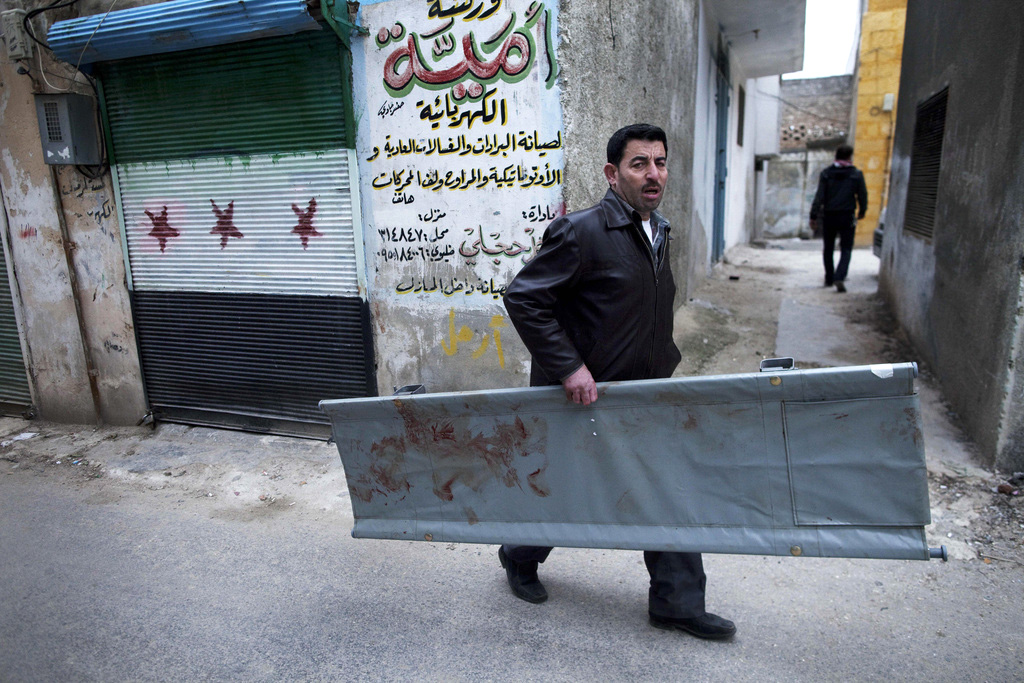
Murdered, assaulted, kidnapped for ransom. As conflicts around the world multiply and drag on, the respect once accorded to humanitarian workers is eroding. Medical personnel are particularly vulnerable.
“They’ve been shooting at ambulances since the creation of the Red Cross 150 years ago, but we are seeing that the trend is growing and is still very much underestimated,” said Paul-Henri Arni, director of the International Committee of the Red Cross (ICRC) campaign “Health care in danger”, which was launched at the end of 2011.
The systematic targeting of medical personnel and patients seems to have become the rule rather than the exception in many parts of the world. The list of recent examples is long.
The director of the Swiss branch of Doctors Without Borders (MSF), Bruno Jochum, highlights a few: in Libya, snipers targeted medical personnel and patients around Misrata hospital; in Bahrain, hospitals became an integral part of the systematic repression of anti-government protestors; and the Democratic Republic of Congo (DRC) has been the scene of multiple attacks on medical centres.
Torture in hospital
Attacks against patients and medical corps are just the tip of the iceberg. The insecurity and permanent obstruction in relation to heath workers has the consequence of depriving whole regions of access to health services.
No doctor, local or expatriate, dares venture into the vast border region dividing South Sudan, the Central African Republic and the DRC, Arni said.
It’s a similar story in the sprawling refugee camp at Dadaab in Kenya, where MSF was forced to reduce drastically its operations following the kidnapping of two of its staff.
“The worst is not even the lack of resources left for health workers, nor is it the fact that they are threatened with death,” said Bertrand Kiefer, editor-in-chief of the Swiss Medical Review.
“It’s the widespread torture inflicted on people so badly injured that they are barely alive… Instead of treating people who are in desperate need of help, they humiliate and torture them.”
In Syria particularly, the proliferation of these kinds of acts was documented by writer Jonathan Littell in February. And in Misrata, the MSF was forced to suspend its activities when it realised its role was treating patients in between interrogations.
But it is not only authoritarian regimes and armed militant groups which are using medical services for military and political ends.
“In Afghanistan, American and British soldiers regularly entered medical facilities to arrest opposition fighters,” Jochum said.
Since 2001, the US army has pursued a double strategy of counter-insurgency operations and supporting humanitarian actions in an effort to win over the hearts and minds of civilian populations.
“So the Taliban opposition considers these facilities to be political structures,” Jochum said.
Confusion
The situation is the result of an international context which is in constant flux. Since the fall of the Berlin Wall and the terrorist attacks of September 11, 2001, the nature of armed conflicts has fundamentally changed.
The break-up of the Soviet Union reignited religious, ethnic or cultural resentment in certain regions. Civilians are no longer collateral victims, but very often the targets of conflicts that have no established rules.
Wars are waged to protect these populations (for example in Kosovo, Libya, Afghanistan), causing confusion about the roles of different players which undermines the image of humanitarian neutrality.
Making dialogue all the more complex are the multitude of armed groups, insurgents and bandits for whom the resources of international organisations are an irresistible temptation.
According to Arni, medical centres are often of strategic importance for all parties involved in a conflict, being a place where groups can both gather important information and silence bothersome patients who would otherwise be able to testify in the courts.
Armed protection?
The massive information campaign launched by the ICRC aims to influence not only public opinion, but also governments, armed forces and militant groups to fight against this “scourge”.
Between now and 2015, the ICRC plans to draw up a list of 30 to 50 concrete recommendations to improve the situation. A first step has already been undertaken in Afghanistan where the Afghan armed forces and the American army have accepted a change in procedure that should allow for patients to be taken to hospital and treated before they are interrogated.
As for the question of armed protection of humanitarian workers, an issue regularly brought up, Arni was unenthusiastic.
“Having a hospital surrounded by rifles only tells everyone that it is a target. In Somalia and Chechnya, we used armed convoys but only to protect us from crime. Negotiations with key players remains paramount,” he underlined.
Jochum agreed. “Somalia is an exception because the criminality there is out of control. But we persist in a policy of negotiating access – it’s the best way to be accepted.”
A study conducted by the International Committee of the Red Cross (ICRC) in 16 countries sought to identify acts of violence committed against medical facilities, health workers and their patients.
The study documented 655 acts of violence against medical facilities or workers. Examples included the bombing of hospitals, ambulances hit by gunfire, medical workers killed or expelled, and patients tortured or killed.
In 2010, 34 countries were affected by this phenomenon. The indirect consequences and the restriction of access to health services are not included in the report.
In an effort to inform the public of this urgent humanitarian problem, the ICRC has launched a public campaign which will run until 2015. The aim is to radically change the direction of events in areas where health care services are at risk.
Doctors Without Borders (MSF), Geneva University’s medical faculty, the Geneva University of Applied Sciences Health School and University Hospitals of Geneva have joined forces with the ICRC in its campaign for the respect of humanitarian rights.
The International Committee of the Red Cross (ICRC) on May 8 appealed for more funds to boost assistance programmes it plans to undertake in Syria through to the end of the year.
ICRC President Jakob Kellenberger said 1.5 million people had been affected by the fighting between pro- and anti-government forces, including tens of thousands who had been displaced and were in need of urgent humanitarian assistance.
The ICRC said it needed SFr24.5 million ($27 million) to help it provide monthly food parcels for around 100,000 “particularly vulnerable” people and household essentials for up to 25,000 people.
Kellenberger said “unrestricted access” to stricken areas would be key to the ICRC’s planned expansion of its operations. Over the past two months, the organisation had reached people in Idlib, Homs, Hama, Dera’a, Aleppo and rural Damascus.
”The ICRC will also continue to assist Syrians who have fled to neighbouring countries,” Kellenberger said. “In Lebanon, the Lebanese Red Cross and the ICRC will expand the emergency medical services they are providing for refugees in the country.”
(Translated from French by Sophie Douez)

In compliance with the JTI standards
More: SWI swissinfo.ch certified by the Journalism Trust Initiative
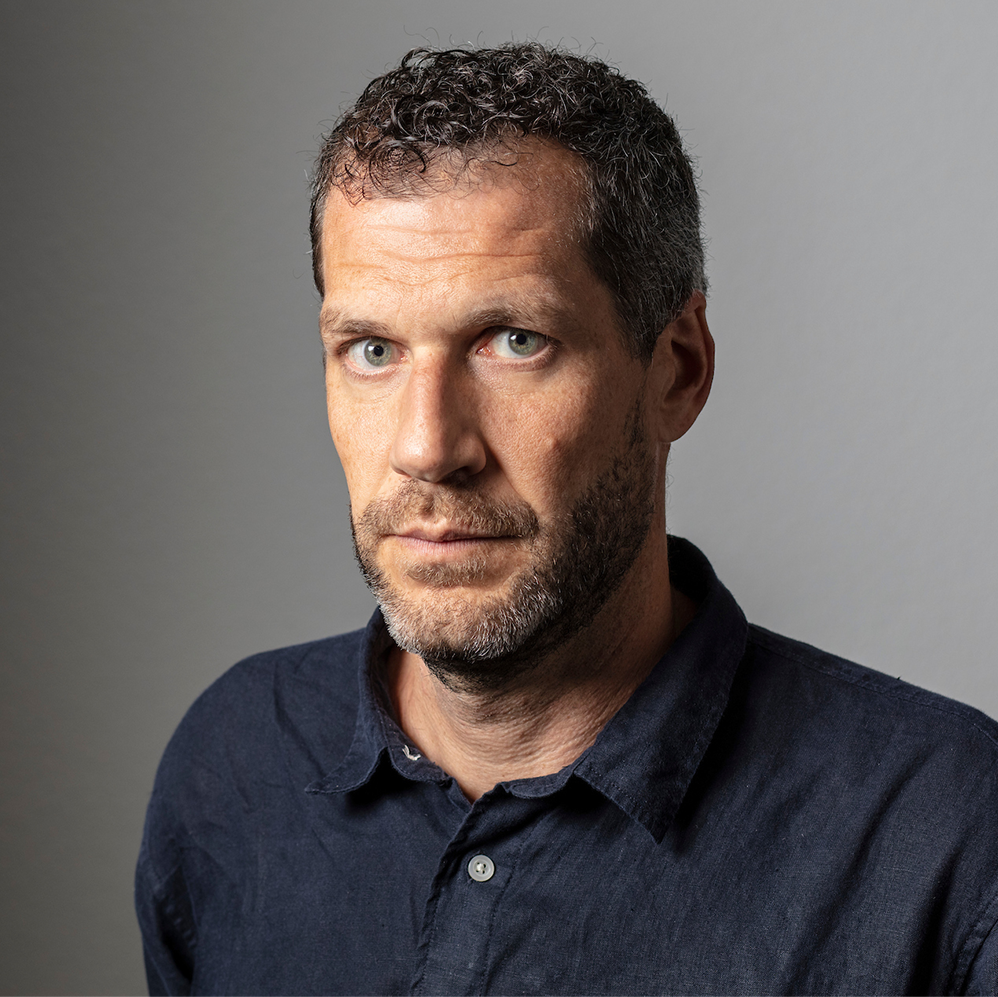
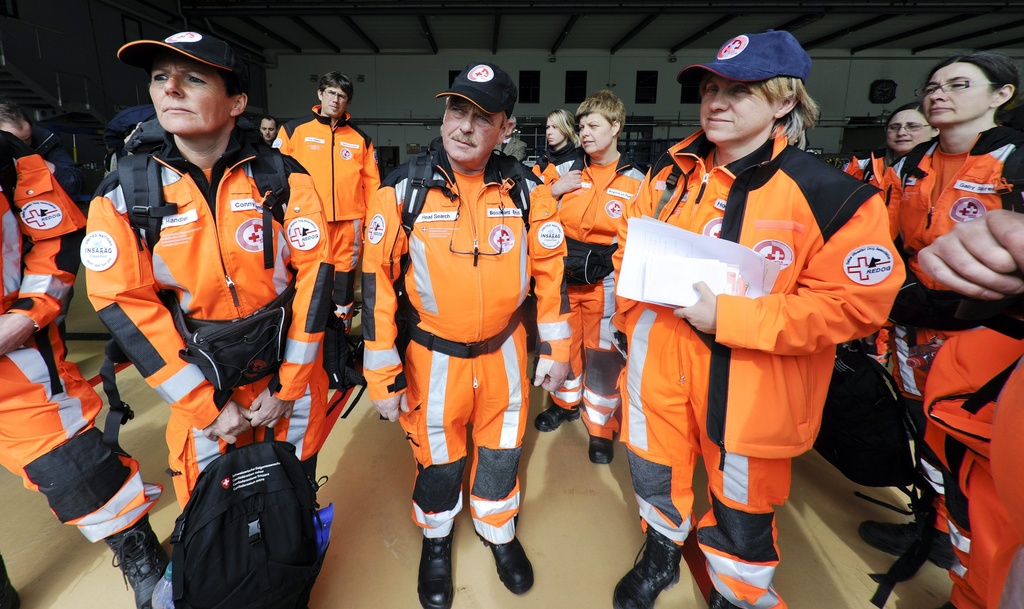
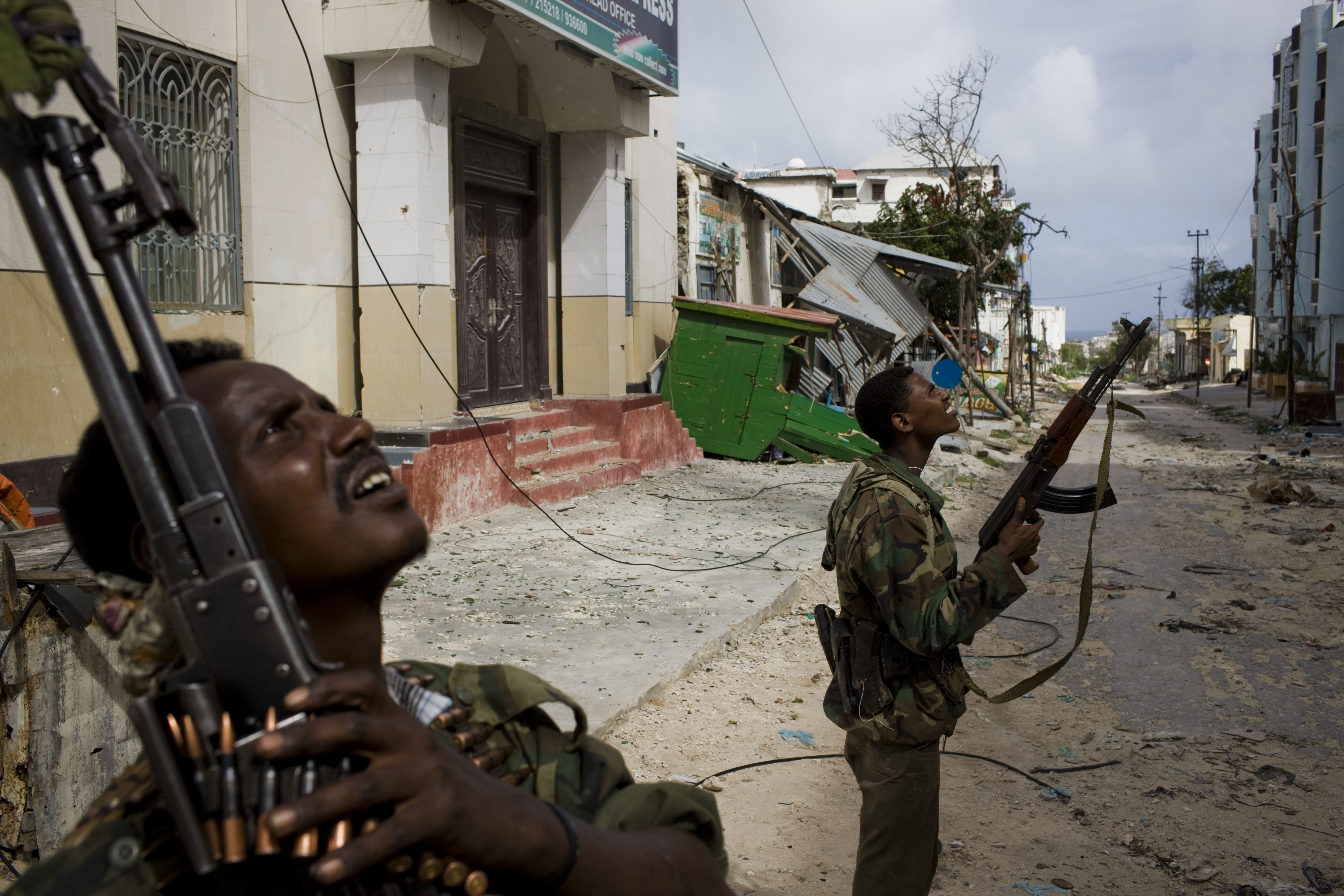
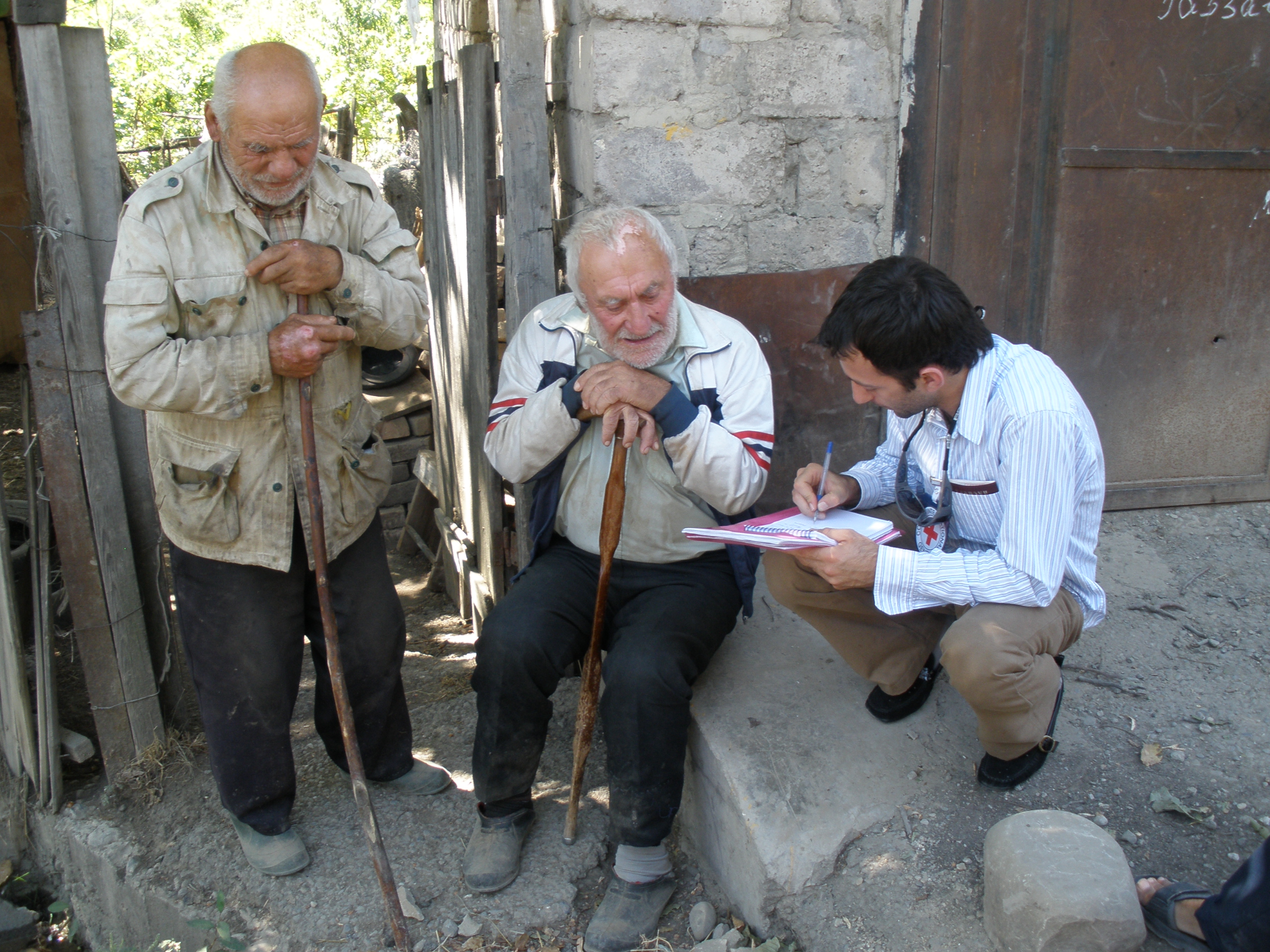
You can find an overview of ongoing debates with our journalists here. Please join us!
If you want to start a conversation about a topic raised in this article or want to report factual errors, email us at english@swissinfo.ch.